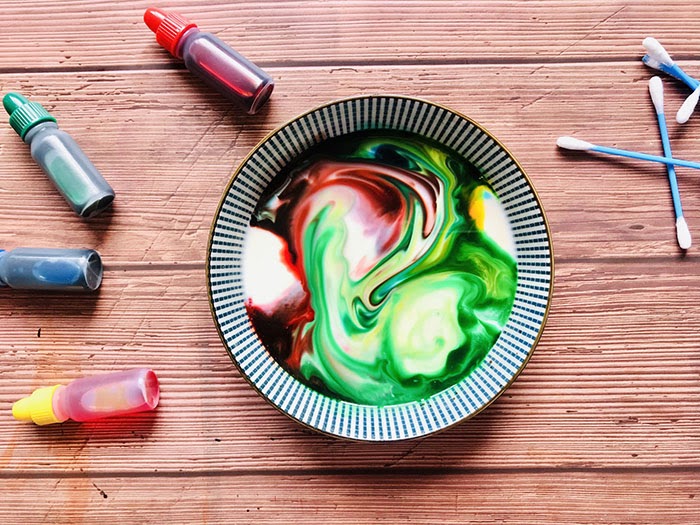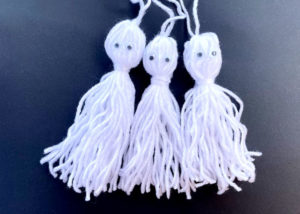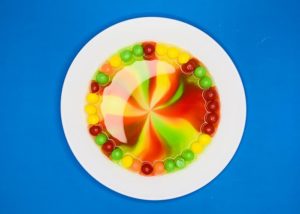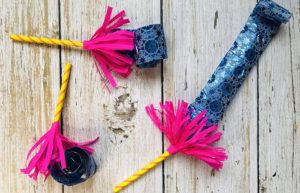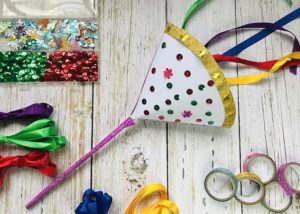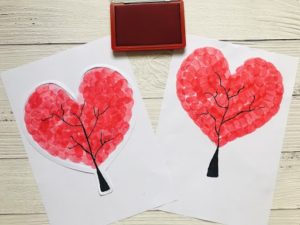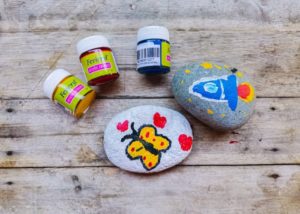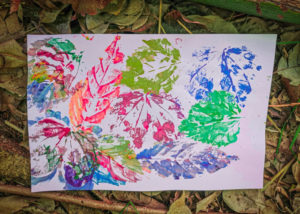- Duration: 1 hr
- 4th - 7th
- Number of Students: 20
- Enrichement Components: Science
The lesson plan is all about Chemical Reactions. The students will do enrichment activities where they will have an experiment regarding the reaction of a chemical. This will be done through a group experiment.
The students should be able to describe a chemical reaction and perform the experiment regarding it.
- Active and Engaged
- Skill Building
- Distribute: give shares of (something); deal out.
- Multiple: consisting of, having, or involving several or many individuals, parts, elements, relations, etc.
- Chemical: Reaction: a process in which one or more substances, the reactants, are converted to one or more different substances, the products. Elements: any substance that cannot be decomposed into simpler substances by ordinary chemical processes.
- Substances: are either chemical elements or compounds.
- Compounds: a thing that is composed of two or more separate elements; a mixture.
The tutor must prepare the materials.
The tutor will begin by going over the questions for this activity. Next, an overview on how the activity will be done will be given, together with the introduction of the vocabulary words for the lesson and the expectations during the activity.
Questions for the activity:
- What is a reaction?
- What is Chemical Reaction?
Watch the video for step-by-step instructions.
Ensure the cleanliness and orderliness of the classroom is restored before the students leave the area.
Additional explorations: (The teacher must experiment by trying these; students should observe if there will be the same chemical reactions.)
- Try this experiment again using milk with a higher or lower fat content (e.g., whole milk instead of 2% milk). How does the chemical reaction change? Why do you think this changed?
- Dip a cotton swab without soap into the dish. What happens
Milk contains both fat and water. Like other oils, the fat molecules are unable to dissolve in water, leaving them suspended in solution. Soap molecules have hydrophobic (“water repelling”) and hydrophilic (“water-loving”) ends. When soap is added to milk, it causes a chemical reaction. The hydrophobic end of the soap molecules rush to connect with the suspended fat molecules, causing the food coloring to get pushed around!
- Self-Awareness: Young people are able to recognize and understand their own personal identity and feelings.
- Interpersonal Skills: Young people use effective communication and collaboration skills to establish and maintain positive and productive relationships.
- Self-Management: Young people regulate and monitor their own behaviors, feelings, and impulses in order to make responsible decisions, maintain focus, and achieve goals.
- Growth Mindset: Young people believe that they can, through their own efforts, grow in their intelligence and abilities.

